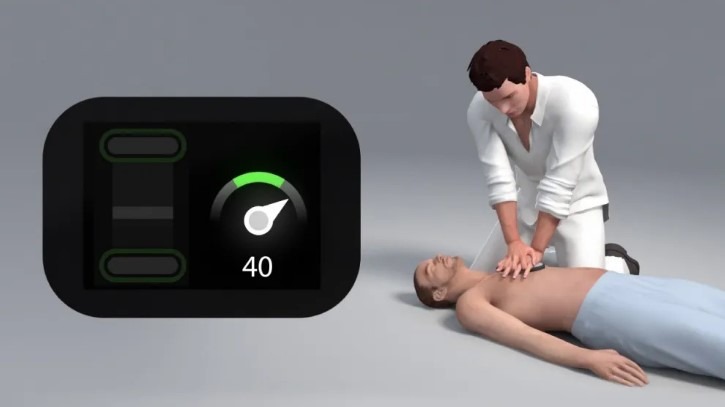Can Pigmentation Be Removed?

The skin is the largest organ of the body, yet it is often the most neglected part. For some reason, excessive darkening happens, which creates unpleasant patches in our bodies. Hyperpigmentation is a common skin condition caused by the excessive deposit of melanin.
Excessive melanin deposit can happen to anyone regardless of race, ethnicity, and skin color. Getting dark patches is harmless, but it can be unattractive, particularly if the discoloration occurs in your face.
However, effective beauty techniques can help you regain your confidence. Effective skin pigmentation treatment removes excess melatonin in your skin and helps make it more radiant.
The Different Types of Hyperpigmentation
Skin discoloration can either appear as small patches or cover large areas. It can also affect your entire body, which often is a symptom of an underlying medical condition. The best way to determine if your skin’s hyperpigmentation is caused by disease is to have it checked by a skincare expert.
The most common skin discoloration problems include melasma, post-inflammatory hyperpigmentation, and liver spots.
- Melasma is often caused by hormonal changes, which happen more frequently among women. The condition is often associated with hormonal changes caused by too much sun exposure, pregnancy, or contraceptives.
- Post-inflammatory hyperpigmentation. PIH is the skin’s common reaction to trauma, often due to acne, infection, a surgical procedure, chemical peels, or even waxing.
- Liver spots. Liver spots are also a form of hyperpigmentation commonly occurring among the aging population. It occurs due to solar lentigines or benign lesions caused by exposure to the sun.
Getting dark patches in your skin is a common condition and should not cause alarm. There are cosmetic procedures that can correct the problem and treat any underlying condition that forces your skin to create too much melanin.
Understanding the Nature of Skin Pigmentation Treatments
Hyperpigmentation can become a serious cosmetic concern to some people as it affects a person’s self-esteem. The overabundance of melanin which causes dark pigmentation can become a big problem, particularly if it appears on your face or is exposed to the public.
Women are also prone to such conditions, given that one of the biggest contributing factors to hyperpigmentation is hormonal change. There are, however, effective cosmetic treatments that can effectively remove dark skin patches or reduce the overproduction of melanocytes in your skin.
Most corrective skin pigmentation treatment is a non-invasive procedure and often uses a strong chemical to wipe off excess melanin in the skin. Using sunscreen and tonic lotions also prevents the problem’s reoccurrence, which is often an effective address to the problem.
Diagnosis and Treatment for Skin Hyperpigmentation
A skincare expert or dermatologist is the go-to person if you want to have your skin discoloration diagnosed. Physical examinations and medical history are commonly required to effectively understand the cause of your skin’s hyperpigmentation.
Severe instances would require you to undergo a skin biopsy to pinpoint causes that aggravate the condition. In most instances, a topical cream with hydroquinone is used to lighten the skin area.
The skin lightening agent should only be used under the supervision of a qualified skincare professional because it causes ochronosis.
Ochronosis results after prolonged use of topical hydroquinone and other lightening agents. It is characterized by speckled pigmentation, damaging the affected skin and causing the area to darken.
Effective Treatment Protocol for Hyperpigmentation Problems
Several cosmetic regimens will help lighten your skin. Aside from topical creams, a derma expert can recommend chemical peels, skin resurfacing, and dermabrasion, among others.
Each process has a unique approach and is often based on the severity of your skin’s hyperpigmentation. Chemical peels remove the upper layer of your skin with the use of mildly concentrated acid.
The process is effective for people with age spots, skin damage caused by too much sun exposure, blotchy skin, and melasma problems. Skin resurfacing or laser peel therapy uses a targeted light beam that triggers exfoliation.
Ablative and non-ablative lasers are the two types of lasers used for skin resurfacing. Ablative lasers are the most intense, which removes the epidermis layer. Non-ablative lasers promote collagen regeneration and tighten your skin.
Microdermabrasion uses a mechanism that exfoliates the upper layer of your skin. It lightens the skin tone and improves the texture of your skin. Microdermabrasion is an appealing process for some because it enhances the results of some anti-aging products and skin bleaches.
Can You Still Remove A Skin Pigmentation?
Skin pigmentation is a treatable condition regardless of its severity. The only consideration you will need to understand is the length of the treatment process. Using topical solutions has been an accepted treatment therapy.
However, you still need to consult a skin care expert to know which products are appropriate. Several high-tech solutions are also available, including dermabrasion and laser treatment, among others.





